| What are sounds and signals in maritime contexts? |
Sounds and signals in maritime contexts refer to audible alerts, alarms, and communication methods used onboard ships, vessels, and maritime installations to convey important messages, warnings, and instructions to crew members, other vessels, and personnel in the vicinity. |
| What is the purpose of sounds and signals in maritime operations? |
The purpose of sounds and signals in maritime operations is to facilitate communication, indicate navigational intentions, warn of potential hazards, coordinate maneuvers, and comply with international regulations and conventions governing vessel operations and safety at sea. |
| What types of sounds and signals are used in maritime environments? |
Various types of sounds and signals are used in maritime environments, including fog signals, whistle signals, horn signals, bell signals, gong signals, light signals, radio signals, and verbal commands, each serving specific purposes and conveying different messages. |
| Why are sounds and signals important in maritime safety? |
Sounds and signals are essential for maritime safety as they help prevent collisions, avoid accidents, navigate safely in restricted visibility, warn of danger or emergencies, indicate vessel maneuvers, and ensure effective communication between vessels and maritime authorities. |
| Where are sounds and signals commonly used onboard vessels? |
Sounds and signals are commonly used onboard vessels in various locations, including the bridge, engine room, navigation areas, deck spaces, cargo holds, lifeboat stations, and other critical areas where communication and safety are paramount. |
| Are there international regulations governing the use of sounds and signals? |
Yes, international regulations such as the International Regulations for Preventing Collisions at Sea (COLREGs) issued by the International Maritime Organization (IMO) provide guidelines and requirements for the use of sounds and signals to ensure standardized communication and navigation practices among vessels. |
| How should sounds and signals be interpreted by mariners? |
Mariners should be familiar with the meanings and interpretations of different sounds and signals as prescribed by international regulations, local rules, and established maritime practices to effectively communicate, navigate, and respond to situations encountered at sea. |
| Can sounds and signals be supplemented with visual signals? |
Yes, sounds and signals can be supplemented with visual signals such as navigation lights, signal flags, semaphore flags, distress flares, and other visual aids to enhance communication, especially in low visibility conditions or when audible signals may not be heard. |
| What actions should mariners take upon hearing specific sounds or signals? |
Mariners should take appropriate actions in response to specific sounds or signals, such as altering course, reducing speed, signaling intentions, initiating emergency procedures, or communicating with other vessels or maritime authorities as required by the situation and applicable regulations. |
| How should sounds and signals be maintained on vessels? |
Sounds and signals on vessels should be regularly inspected, tested, and maintained according to manufacturer recommendations, regulatory requirements, and industry best practices to ensure their proper functioning, reliability, and compliance with safety standards. |


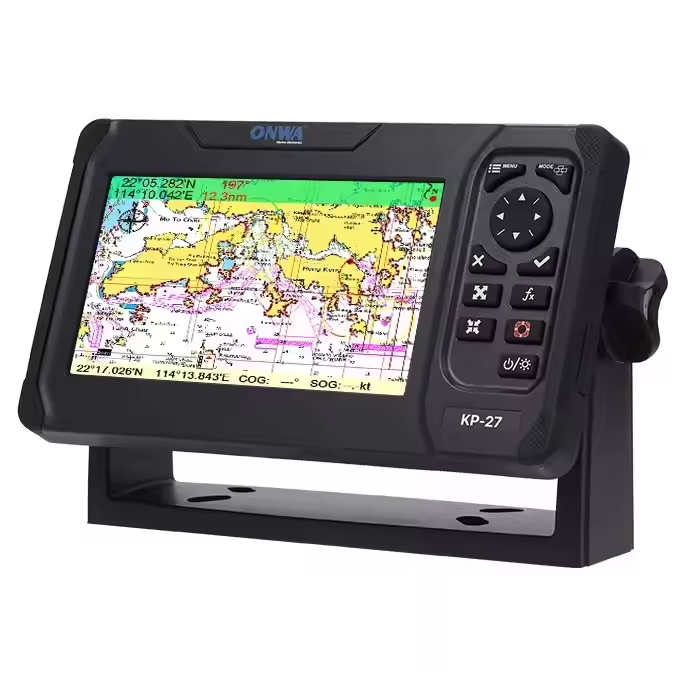
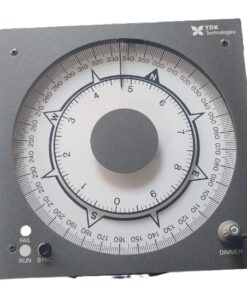
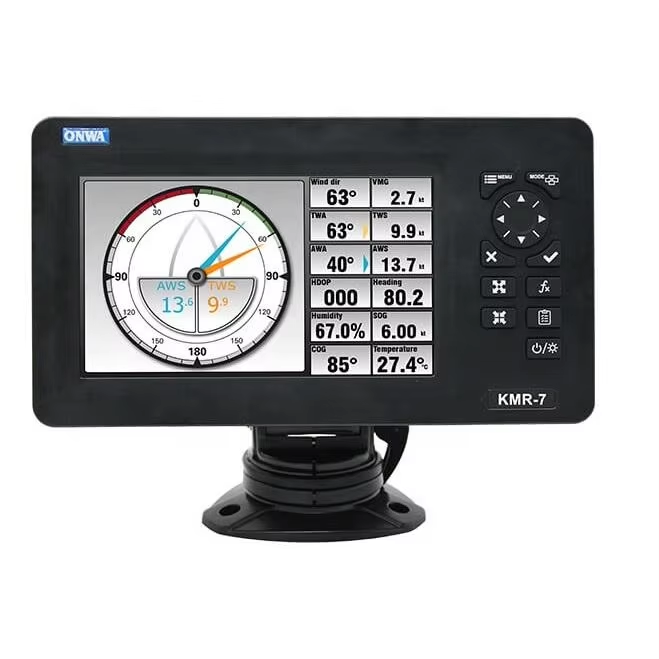
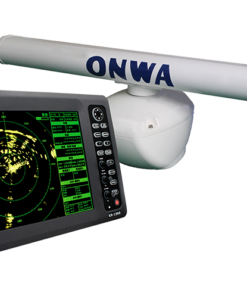
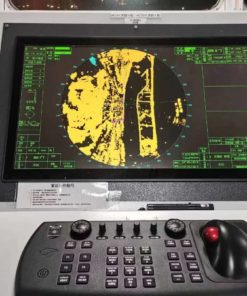
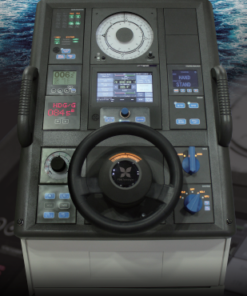

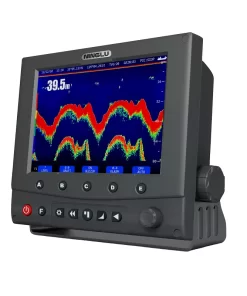
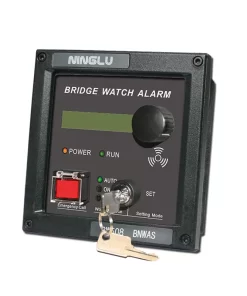
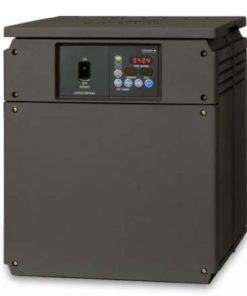
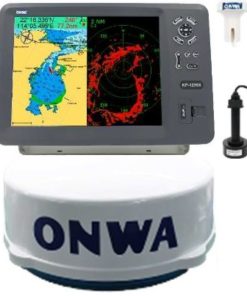
Latest Products
YDK Technologies MKN020 Gyro compass connection box
AED 3,960.0Original price was: AED 3,960.0.AED 2,850.0Current price is: AED 2,850.0.Onwa KM-8X 5-in-1 Marine Bundle Set Radome – GPS, Chartplotter, EchoSounder, AIS, Radar
8-inch GPS Chart Plotter with AIS and Radar
Onwa KM-8A (BUNDLE) 8-inch Color TFT LCD GPS Chart Plotter with Class B+ AIS Transponder MFD [BUNDLE]